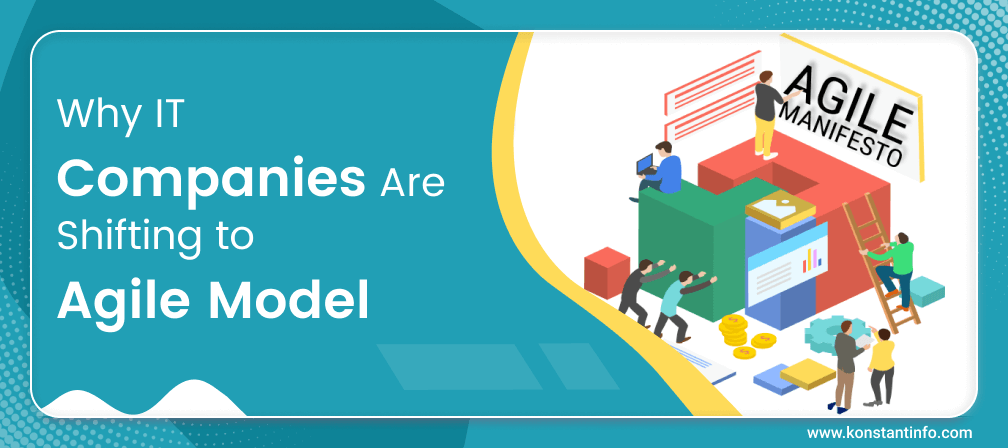
Table of Contents
The waterfall model is the most primitive approach to software development. Better known as the linear-sequential life cycle model, it is very easy to understand and use. But due to certain disadvantages, this model is no longer used within the organizations. Basically, the output of each step acts as input for the next subsequent step. At the end of each phase, a review process takes place to check the progress of the project. But in case, any of the steps go wrong there is no way out to reverse it or go back to the previous step. Software testing starts only when development is complete. Various phases do not overlap.
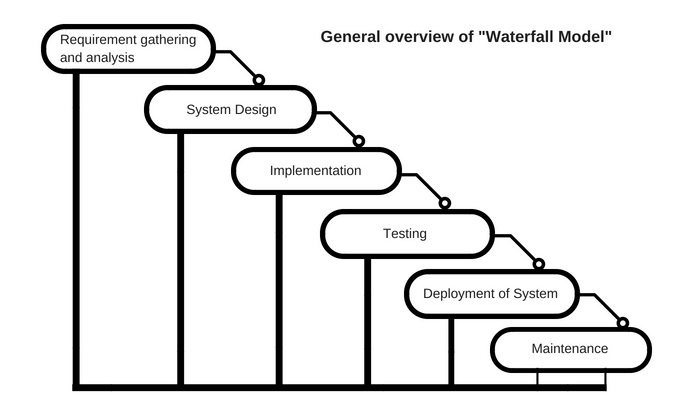
Disadvantages of Waterfall Model
Although waterfall model is easy to understand, easy to manage, non-overlapping phases, and works extremely well for small projects, still there is a bunch of disadvantages that render it useless in case of medium to large scale organizations:
The software is developed in rapid, incremental cycles. This results in small incremental releases with each release building on previous functionality. Thorough testing is done to ensure that software quality is maintained.
Agile model suits best to the applications that are time-critical. Extreme programming, lean software development, feature-driven development, dynamic software development method (DSDM), Crystal methodologies, Scrum are popular examples of agile software development/testing methodology.
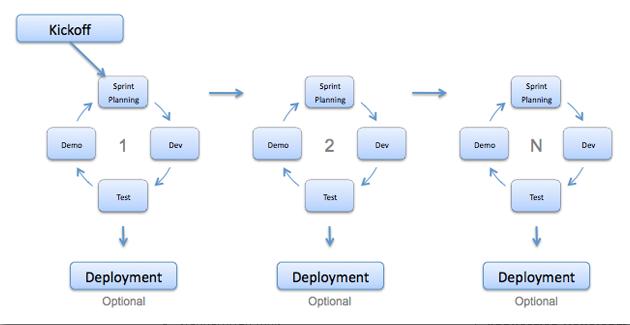
Advantages of Agile Model:
Disadvantages of Agile Model:
This model can be implemented as and when there is a need to implement new changes in the system. As this model is based on frequent increments, therefore, new changes can be implemented at a very less cost.
Some of the core values that Agile Software Development relies upon:
In response to swift changes in technology and software development approach, agile methodology is a software development life cycle model that significant differences from the traditional waterfall model approach. Here are the differences:
| Agile Model | Waterfall Model |
|---|---|
| A project is divided into small sprints or iterations that vary from 2 weeks or 2 months during which pre-determined features are delivered. | Traditional software development methodologies take a lot of time in requirement gathering, design, implementation, testing and deployment where the complete software is not available until completion. |
| It is an incremental approach to software development. | It is a sequential approach to software development. |
| The design process is divided into small modules upon which designers work. | It is not divided into modules. |
| The end-user has the opportunity to look at the project at an early stage and make improvements. | The end-user will get a chance to look at the project only in the end. |
| User acceptance testing is performed after the completion of each phase. | User acceptance testing is performed after completion of the entire project. |
| Both development and testing team works together. | Testing and development teams are separate. |
See also: How Agile Methodology Streamlines Mobile App Development Process?
Large-scale enterprises are continuously competing to become digital technical giants. With a shift in the technological scenario, they have an urge to gel up with the merging trends and to exceed user demands. A sudden change in the software development lifecycle requires building a more customer-centric bequest.
A lot of planning and skills are required before taking on large-scale software projects. Shorter development lifecycles, wider market coverage, early customer feedback, continuous improvements are some of the advantages of the agile development model. The development follows a continuous improvement cycle, exposing flaws faster and thus reducing waste. Value is achieved faster as releases arrive at customers more frequently.
We have a team of dedicated agile developers, programmers, architects, scrum masters, test engineers and consultants who provide customized solutions for every type of development needs. Hire a developer from our team and navigate through the agile software development approach in a placid and convenient way.
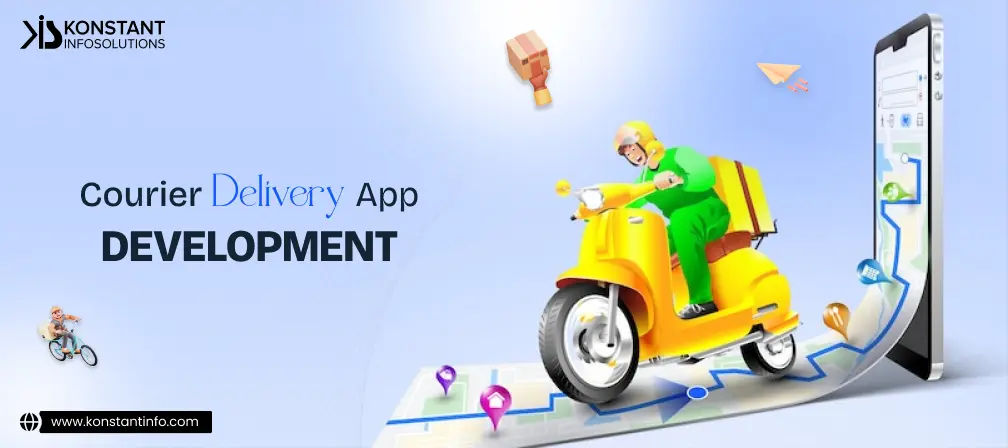
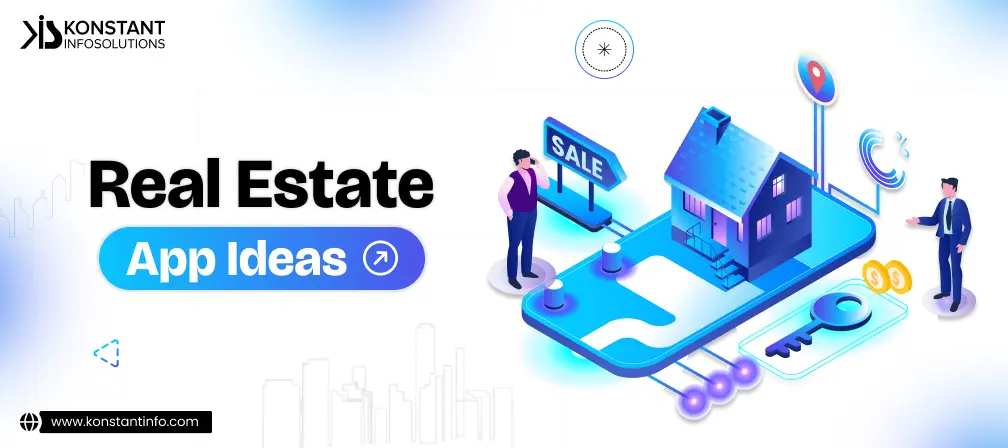

Manish Jain is the co-founder and Managing Director at Konstant Infosolutions. He is responsible for the overall operations of the company and has played a major role in bringing Konstant up from its humble beginnings and, with his immense energy and drive, transforming it into a globally trusted name in IT solutions.
Or send us an email at: [email protected]